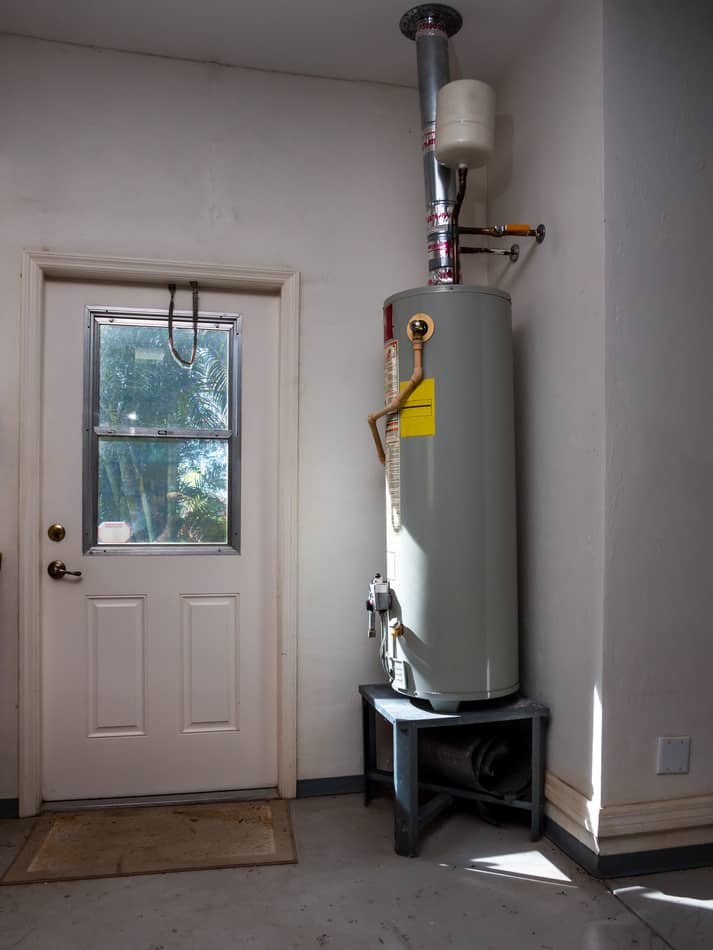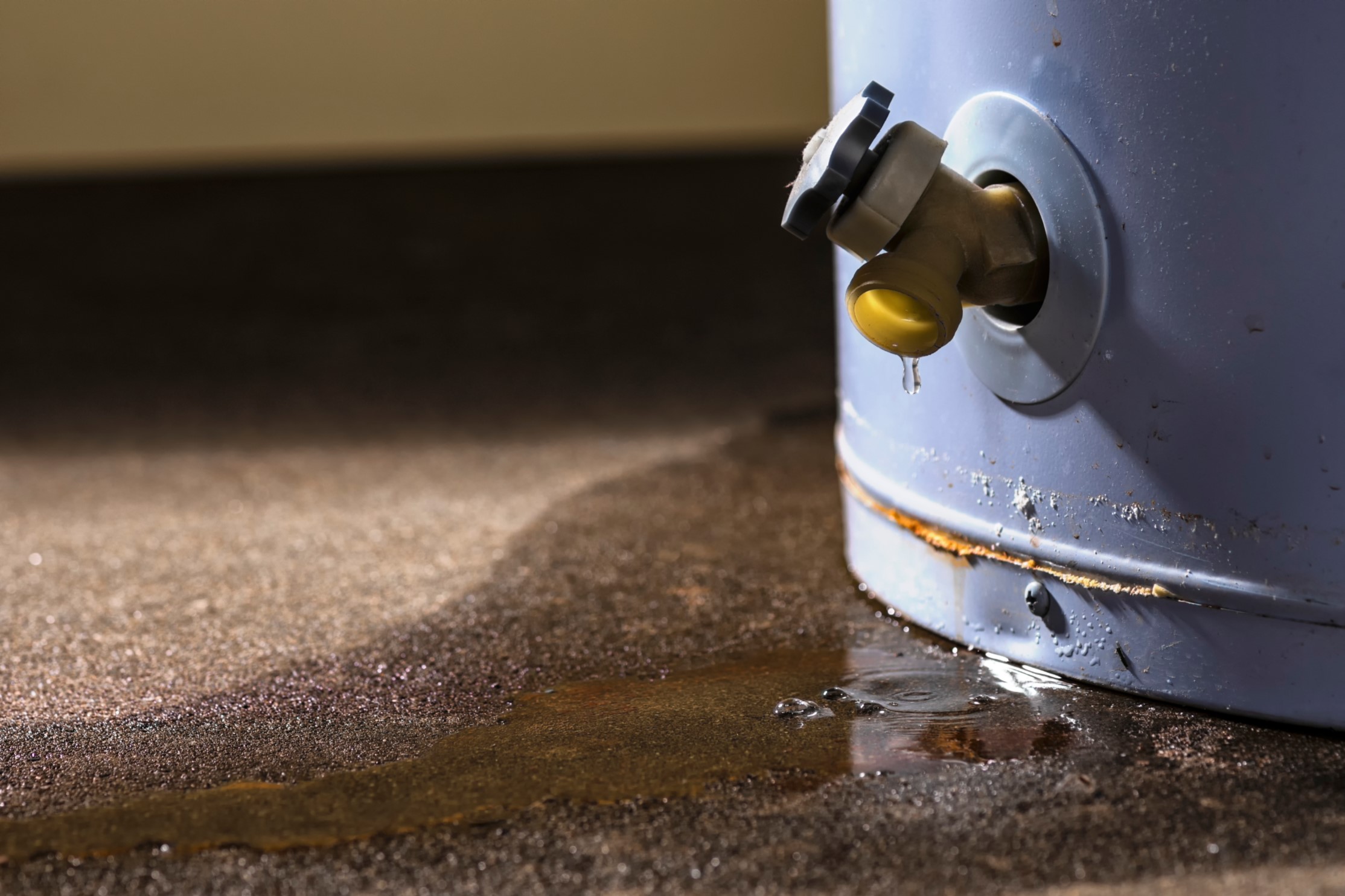The writer is making a few good pointers on the subject of Tips on Maintaining a Water Heater as a whole in this great article beneath.

Warm water is necessary for everyday convenience, whether it's for a revitalizing shower or cleaning dishes. To guarantee your hot water system runs efficiently and lasts longer, normal maintenance is vital. This post gives practical pointers and insights on how to keep your home's hot water system to prevent interruptions and costly fixings.
Intro
Keeping your home's warm water system might appear complicated, but with a couple of straightforward steps, you can ensure it runs smoothly for years ahead. This overview covers every little thing from understanding your warm water system to do it yourself upkeep pointers and understanding when to employ professional assistance.
Value of Preserving Your Warm Water System
Regular upkeep not only prolongs the life-span of your hot water system yet also guarantees it operates efficiently. Neglecting upkeep can result in lowered effectiveness, greater power bills, and even premature failure of the system.
Signs Your Warm Water System Demands Maintenance
Knowing when your warm water system needs focus can prevent major issues. Keep an eye out for indications such as irregular water temperature, unusual noises from the heater, or rusty water.
Flushing the Water Heater
Purging your hot water heater gets rid of sediment accumulation, boosting efficiency and prolonging its life.
Monitoring and Changing Anode Rods
Anode poles protect against rust inside the container. Checking and replacing them when broken is important.
Complicated Issues Calling For Expert Help
Examples include major leaks, electrical problems, or if your water heater is continually underperforming.
Routine Professional Maintenance Conveniences
Expert maintenance can include extensive assessments, tune-ups, and guaranteeing conformity with security criteria.
Checking and Changing Temperature Setups
Changing the temperature settings ensures optimal performance and safety and security.
Do It Yourself Tips for Maintenance
You can perform a number of upkeep tasks on your own to keep your hot water system in leading problem.
Checking for Leakages
Routinely inspect pipelines and connections for leakages, as these can result in water damage and greater bills.
Recognizing Your Warm Water System
Before diving into upkeep jobs, it's useful to understand the fundamental components of your hot water system. Commonly, this includes the hot water heater itself, pipes, anode rods, and temperature controls.
Month-to-month Upkeep Tasks
Regular regular monthly checks can assist capture small issues prior to they intensify.
Examining Pressure Relief Valves
Examining the pressure relief valve ensures it works appropriately and stops excessive pressure accumulation.
Insulating Pipelines
Shielding warm water pipes reduces warm loss and can save power.
When to Call a Professional
While do it yourself upkeep is beneficial, some problems require specialist proficiency.
Verdict
Routine upkeep of your home's warm water system is crucial for performance, longevity, and price financial savings. By adhering to these suggestions and recognizing when to seek expert assistance, you can ensure a reliable supply of hot water without unforeseen disruptions.
Water Heater Maintenance: The Basics
Maintaining your water heater will ensure it operates efficiently and has a longer lifespan. Neglecting regular maintenance can lead to costly repairs and an even bigger chunk of your savings if you have to replace it sooner than necessary. But there’s good news: Most water heater maintenance tasks are relatively simple and easy for homeowners with basic DIY skills.
Flush the Water Heater
Over time, sediment and minerals can build up in the tank, reducing its efficiency and potentially causing damage. To flush the tank, turn off the power or gas supply, attach a hose to the drain valve near the bottom and open the valve to drain the water until it runs clear. Ideally, flush the tank annually.
Replace the Anode Rod
The anode rod is a sacrificial metal rod that helps prevent corrosion inside the tank. Inspect and replace it every three to five years or per the manufacturer's recommendation. To replace the anode rod, turn off the power or gas supply, drain a few gallons of water from the tank, unscrew the old rod and replace it with a new one. If the anode rod is significantly corroded or covered in calcium buildup, it's a sign the water heater may need to be replaced soon.
Tune-Up
A yearly tune-up can help identify potential issues and ensure your water heater operates at peak efficiency. This typically involves checking the thermostat, burner assembly (for gas heaters) and any other components specified by the manufacturer. During a tune-up, the technician may also clean the burner and adjust the pilot light (for gas heaters) or examine the heating elements (for electric heaters).
How to Maintain Your Water Heater
Insulate the tank. Insulating the tank can improve energy efficiency and reduce heat loss, saving you money on energy bills. You can purchase precut insulation blankets designed specifically for water heaters or use standard fiberglass insulation wrapped securely around the tank. Check the temperature. The recommended water temperature for most households is around 120 degrees Fahrenheit (49 degrees Celsius). Higher temperatures can increase energy costs and potentially cause scalding. Use a kitchen thermometer to check the temperature at the faucet nearest the water heater. Monitor water pressure. Excessive water pressure can strain the water heater and cause leaks or even tank failure. Install a pressure-reducing valve if necessary. The ideal water pressure range is between 60 and 70 PSI (pounds per square inch). Test the temperature and pressure (T&P) relief valve. The T&P relief valve is a safety feature that releases pressure if the tank gets too hot or the pressure builds up too high. Test it annually by lifting the lever and allowing a small amount of water to release. Replace the valve if it doesn't release water or reseal properly. Check for leaks. Regularly inspect the tank, pipes and fittings for leaks or corrosion. Deal with issues promptly to prevent further damage. Even a small leak can lead to significant water damage over time. Consider a tankless water heater. If your traditional tank-style water heater is nearing the end of its lifespan ( typically 10 years), consider replacing it with a tankless water heater. These units heat water on demand, reducing standby energy losses and potentially saving you money on your energy bills. Schedule professional maintenance. While homeowners can perform many water heater maintenance tasks, it's still a good idea to schedule professional maintenance every few years. A plumber or HVAC technician can thoroughly inspect the unit, identify potential issues and ensure it operates safely and efficiently. https://www.homeserve.com/en-us/blog/home-improvement/hot-water-heater-maintanence/

As a devoted person who reads about How to Maintain Your Water Heater & Prolong its Life, I was thinking sharing that excerpt was a smart idea. Do you know about someone else who is serious about the topic? Do not hesitate to share it. Kudos for your time. Don't hesitate to pay a visit to our blog back soon.
Browse Website
 Michael Bower Then & Now!
Michael Bower Then & Now! Michelle Pfeiffer Then & Now!
Michelle Pfeiffer Then & Now! David Faustino Then & Now!
David Faustino Then & Now! Rachael Leigh Cook Then & Now!
Rachael Leigh Cook Then & Now! Daryl Hannah Then & Now!
Daryl Hannah Then & Now!